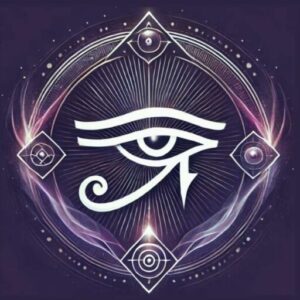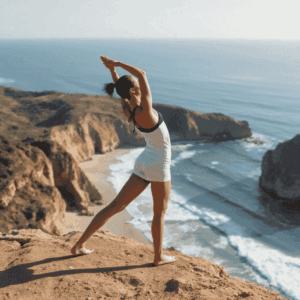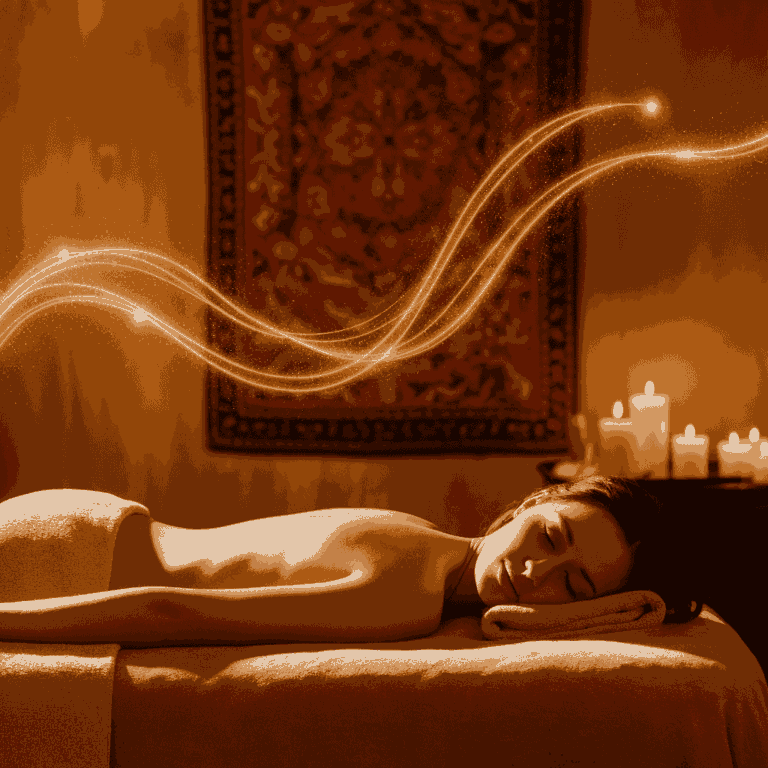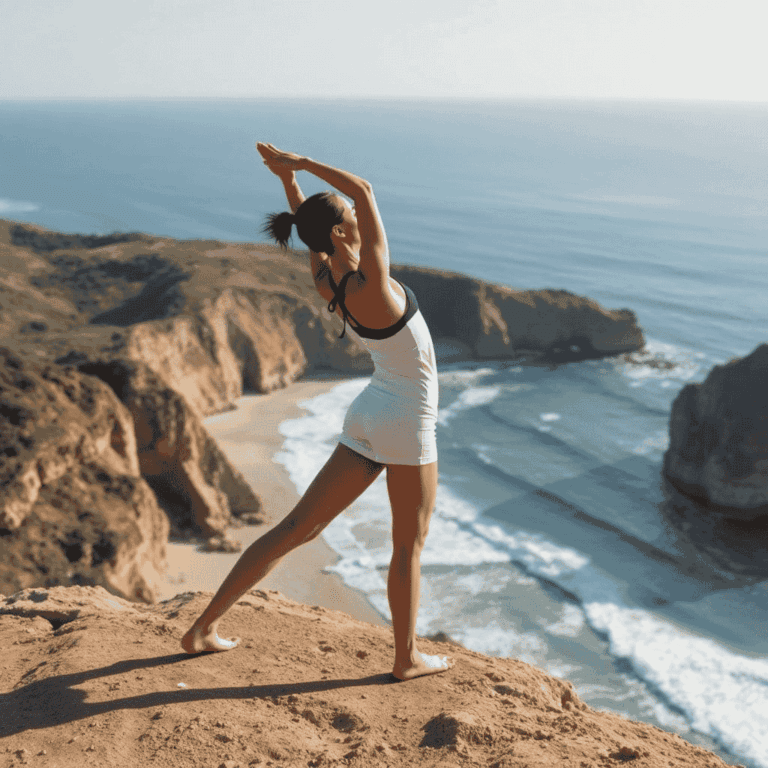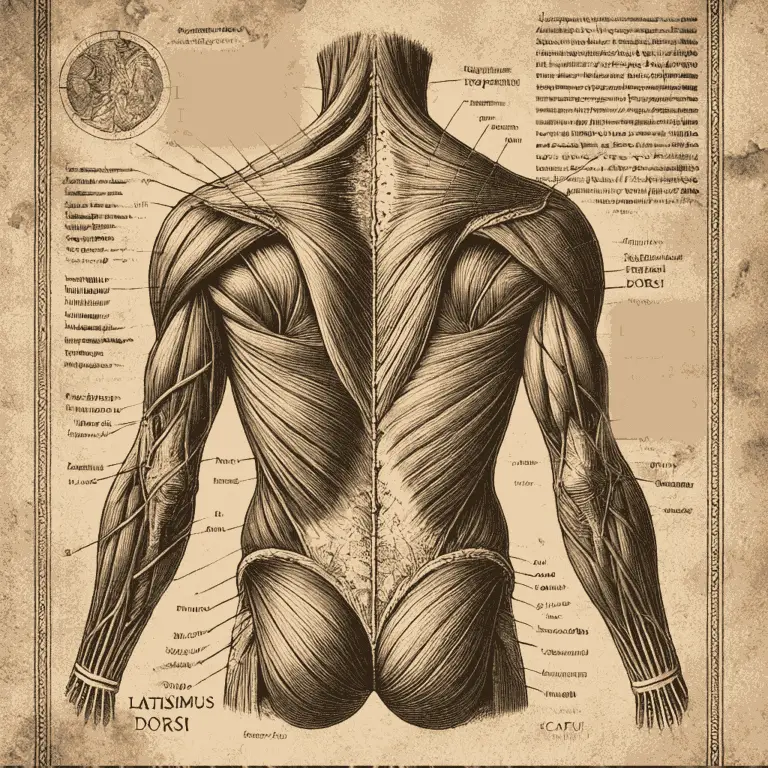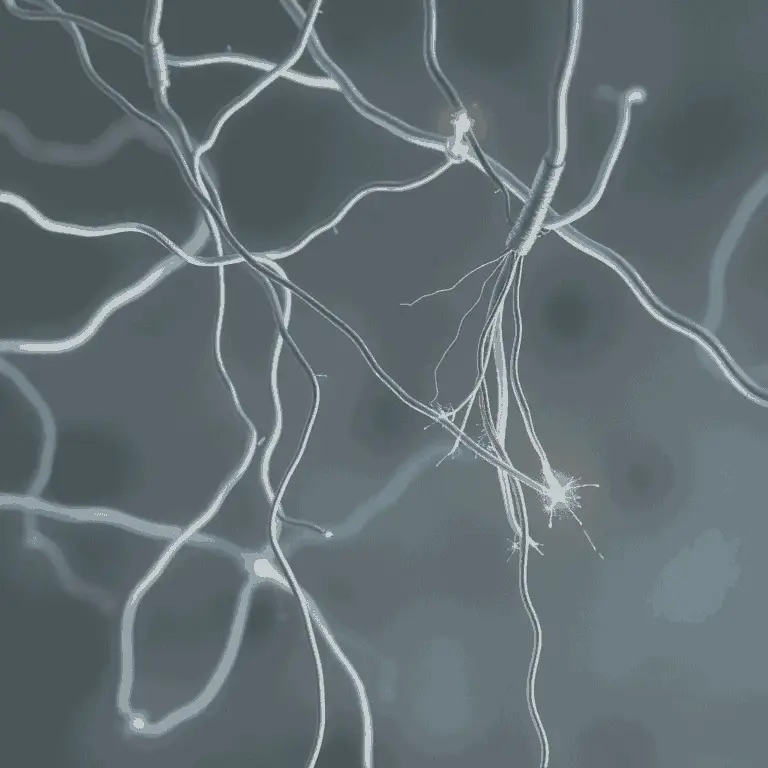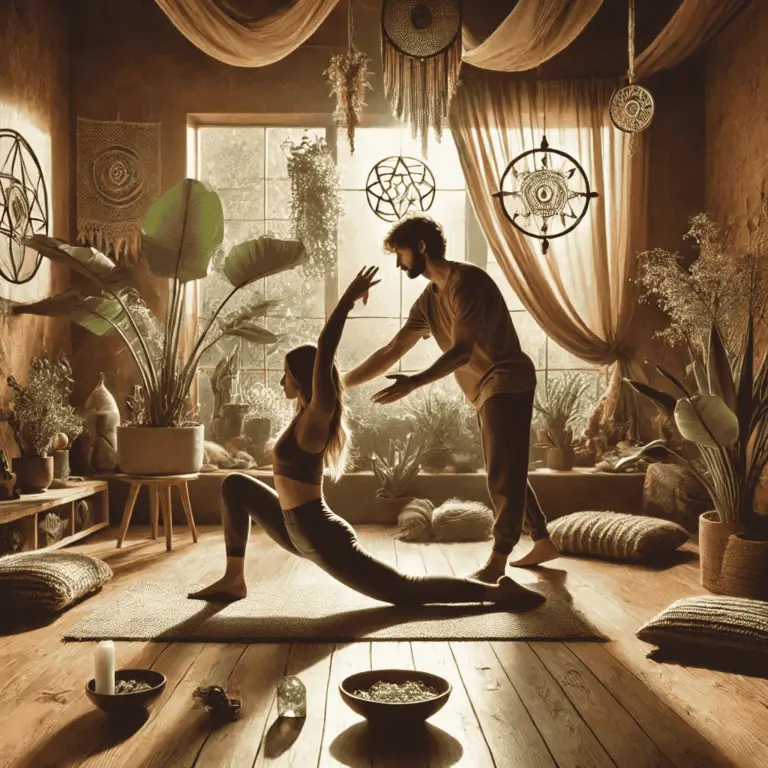Introduction
If you’ve ever floated out of a massage feeling like you just hit the reset button on your body, you’re not alone. Massage therapy does wonders to ease muscle tension, improve circulation, and calm the nervous system. But what if you could extend that blissful post-massage feeling? You can—by incorporating strategic stretching routines that boost your massage benefits.
While the massage therapist starts the process of loosening tight muscles and improving your flexibility, daily stretching routines continue the work long after the table session ends. Think of stretching as the maintenance plan that protects your massage investment.
Stretching Routines That Boost Your Massage Benefits
Massage and stretching are the perfect wellness duo. One is passive, allowing you to relax and receive; the other is active, encouraging body awareness and control. When combined, they help maintain tissue health, reduce pain, and increase your range of motion. Together, they’re greater than the sum of their parts.
Why Stretching Matters After a Massage
- Prevent stiffness post-massage
- Enhance blood flow for recovery
- Encourage muscle memory so tissues “learn” their new length
- Reduce soreness the next day
- Extend results between massage sessions
The Science Behind Muscle Elasticity and Fascia Release
Massage works on both muscles and fascia—the thin casing of connective tissue surrounding organs, muscles, and nerves. Stretching keeps fascia from re-tightening, helping muscles stay supple. The act of stretching signals your nervous system to relax the muscles further, deepening the results of your massage session.
Dynamic vs Static Stretching: What to Choose After a Massage
- Dynamic stretching involves movement, like leg swings or torso twists. It’s best for warming up pre-massage or as a morning routine.
- Static stretching involves holding a position for 20–60 seconds. This is ideal after massage or before bed when the body is warm and ready to relax.
Morning Stretching Routine to Extend Massage Benefits
A gentle, 10-minute morning stretch can activate your muscles and improve your posture. Try:
- Neck rolls
- Shoulder shrugs
- Standing forward fold
- Seated spinal twist
- Downward dog
Each move targets common tight zones that massage often addresses.
Evening Stretching for Relaxation and Deep Muscle Reset
Before bed, focus on longer static stretches:
- Reclined hamstring stretch
- Supine twist
- Child’s pose
- Legs-up-the-wall
- Cat-cow movements
This not only improves flexibility but also helps your nervous system settle.
Stretching Techniques for Desk Workers
If you sit for long hours, your hips, shoulders, and neck will thank you for:
- Chest openers using a wall
- Seated figure-four stretch
- Ear-to-shoulder neck rolls
- Hip flexor lunge stretch
These support areas frequently massaged in sessions targeting tech neck and back strain.
Post-Massage Stretches for Runners and Athletes
Focus on the muscles that work the hardest:
- Standing quad stretch
- Calf stretch against the wall
- Pigeon pose
- IT band stretch
- Glute bridges
Add these within 24 hours of a massage for optimal recovery.
Yoga-Inspired Stretches that Complement Bodywork
Incorporate mindful breath and postures like:
- Warrior II (hip and thigh opener)
- Low lunge (hip flexors)
- Happy baby (lower back release)
- Bridge pose (spine and hamstrings)
These amplify energy flow and internal balance—key goals of massage therapy.
Partner Stretching: Enhancing Massage Through Connection
Try gentle partner-assisted hamstring or back stretches. They deepen the experience and add an emotional layer to your self-care.
Stretching Tools That Work Well With Massage Therapy
Invest in tools like:
- Foam rollers
- Resistance bands
- Massage balls
- Yoga wheels
These help replicate massage pressure and lengthen tissue effectively.
How to Time Your Stretching for Maximum Benefit
Stretching is most effective within 24 hours post-massage. Your muscles are warm, and your fascia is more pliable. Avoid aggressive stretching right before your session, as it may fatigue muscles and lessen the massage’s impact.
Stretching for Chronic Pain and Inflammation
Gentle, supported stretches like reclined bound angle or supported child’s pose are ideal. Avoid overstretching if inflammation is present. Always check with a healthcare provider first.
Common Mistakes to Avoid in Post-Massage Stretching
- Holding your breath
- Bouncing during static stretches
- Ignoring pain signals
- Overstretching cold muscles
- Skipping warm-ups before deep stretches
How Breathing Enhances Stretching and Massage Effects
Deep, slow breathing increases oxygen delivery to muscles and encourages the parasympathetic nervous system to activate—promoting healing and deep relaxation.
Stretching for Better Posture and Spinal Alignment
Many postural issues that require massage are exacerbated by poor flexibility. Stretching realigns the spine, corrects tilt in the pelvis, and reduces tension buildup.
Hydration, Stretching, and Massage Synergy
Drinking water post-massage helps flush out metabolic waste. Stretching encourages lymph movement, which also supports detoxification and reduced inflammation.
Massage Therapy Recovery: Why Stretching Speeds Healing
Massage may create small tears in muscle fibers (especially deep tissue). Stretching aids the healing process by increasing blood supply and oxygen to those tissues.
Myofascial Stretching and Its Role in Massage Longevity
Myofascial release and stretching together keep your tissues supple and fluid. Combine foam rolling with yoga-like holds for lasting tension release.
Stretching Routines for Different Massage Modalities
- Swedish Massage: Gentle, flowing stretches
- Deep Tissue: Use of props and longer holds
- Reiki Massage: Breathwork-integrated movements
- Sports Massage: Dynamic, mobility-based stretches
How Often Should You Stretch After a Massage?
For best results:
- Light stretching daily
- Focused, longer routines 2–3 times per week
- Stretch within 24 hours post-massage
Massage Clients’ Favorite Stretching Apps & Guides
- StretchIt
- ROMWOD
- Down Dog Yoga
- Pliability
These apps can guide you with reminders, routines, and posture corrections.
How to Use Massage Sessions to Improve Your Stretching Goals
Set specific flexibility goals. Ask your therapist for advice on target areas. Use massage as a checkpoint to assess your progress.
Stretching with Reiki: Energetic Benefits Explained
Stretching post-Reiki helps distribute balanced energy. Focus on breath and intention. Combine with chakra-focused poses like mountain, warrior, or seated meditation.
When to Rest Instead of Stretching After Massage
If you feel dizzy, sore, or deeply fatigued, opt for rest, hydration, and gentle walking. Don’t push through pain.
Stretching and Stress Relief: Mental Health Benefits
Stretching reduces cortisol, improves mood, and creates body awareness. Combined with massage, it can help break the anxiety cycle.
Stretching for Seniors: Safe Routines After Massage
Gentle chair stretches, wall-supported movements, and light yoga poses work wonders for aging muscles.
How Reiki Massage Metaphysical Healing Service Supports Your Wellness
At Reiki Massage Metaphysical Healing Service in Olympia, WA, we combine physical release and energetic healing for total wellness. Our expert therapists often guide clients on stretching practices tailored to their massage session. Local clients receive personalized stretch plans as part of their long-term wellness support. If you’re in Olympia, visit us for a body-mind-soul reset.
FAQs
Can I stretch immediately after a massage?
Yes, but opt for light, static stretches and avoid aggressive routines.
Is it okay to stretch daily?
Absolutely. Just ensure you vary intensity and give your body rest.
Should I stretch before a massage?
Only light movements; deep stretching may fatigue muscles pre-session.
Does stretching reduce soreness from massage?
Yes, it improves circulation and reduces lactic acid buildup.
Are yoga and stretching the same?
Not exactly. Yoga includes stretching, but with breath and posture alignment.
Can stretching replace massage?
No, but it greatly supports and extends massage benefits.
Conclusion
Massage therapy opens the door to healing, but it’s the stretching you do between sessions that keeps that door wide open. Embrace daily movement, respect your body’s limits, and support your massage journey with intentional stretches that nourish your mind and muscles
